

Frida Kahlo
Perhaps no artist has captivated the world just like Frida Kahlo. From a revolutionary heroine to a feminist icon, the reception of Kahlo has said as much about the times in which her art has been recieved as about her art. Read more about the great Mexican artist, and explore our curated collection of Frida Kahlo artworks below!


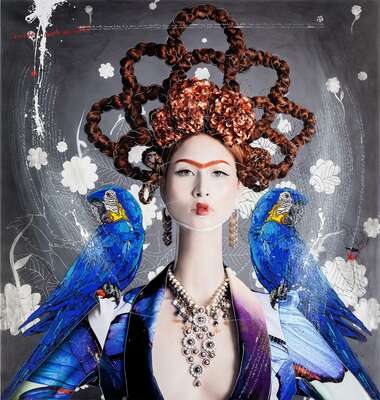

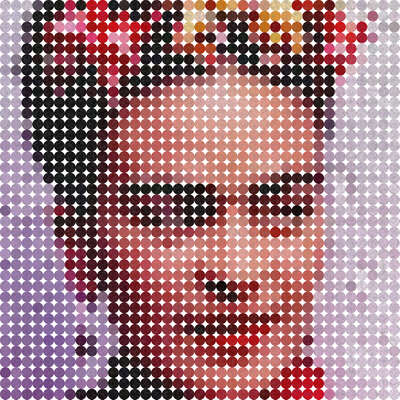

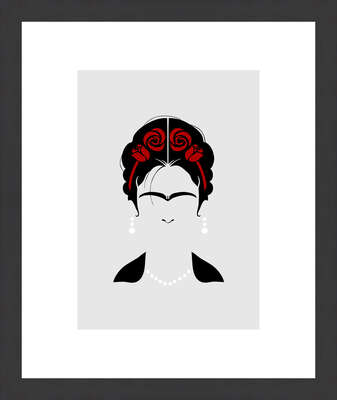

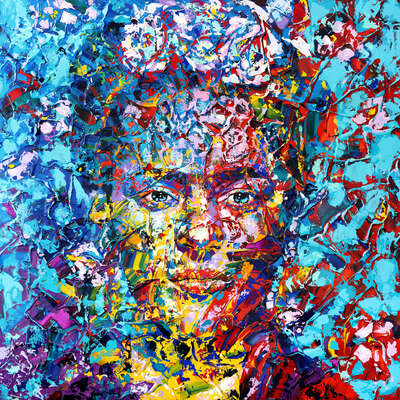

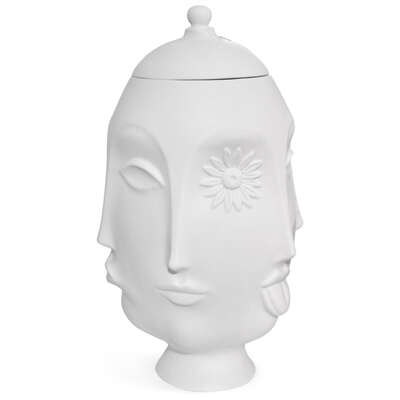

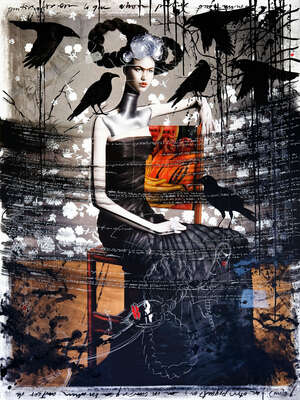

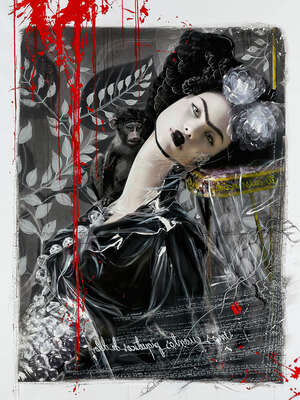

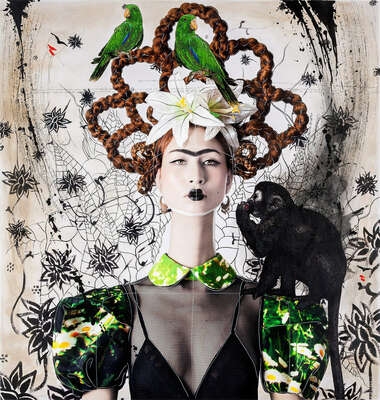

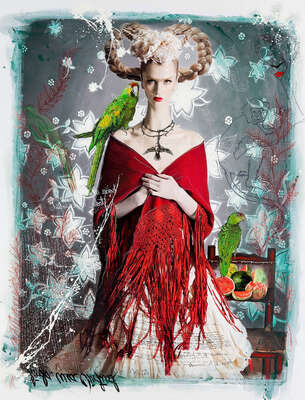

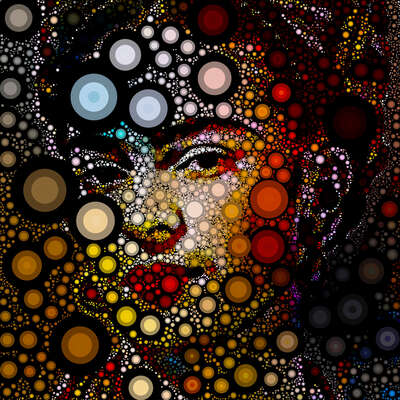

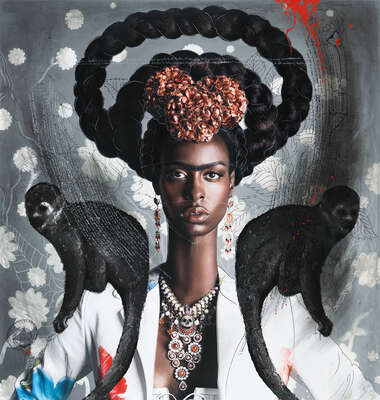



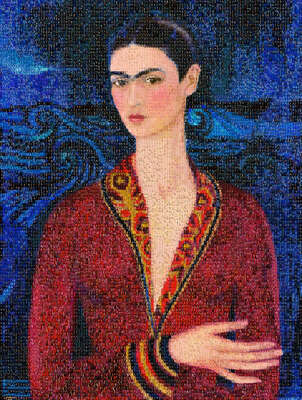

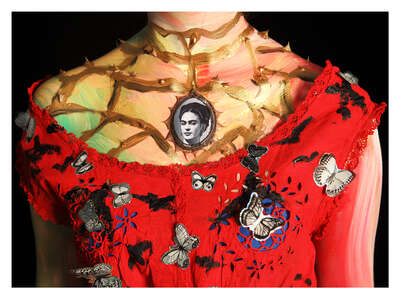



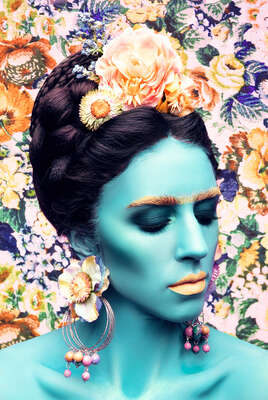

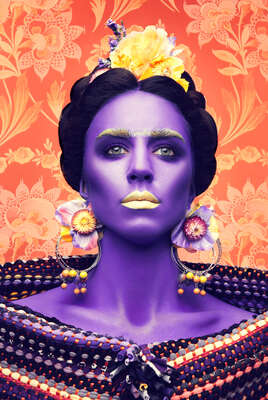

Frida Kahlo: Life and Times
Today, Frida Kahlo's paintings, drawings, and portraits can be visited in amny musuems around the world. Kahlo is remembered as many things: a daughter of the Mexican revolution, an icon whose beauty and style was itself an act of anticolonial protest, a master of the self-portrait, and a forerunner of the contemporary ideal of the modern women - powerful, visionary, and unapolagetically free.
Kahlo's artistic career began as a child in Mexico City, when she became a skilled at drawing and engraving. Years later, a bus accident would keep her at home for several months. It was during that time that she began to dedicate herself to painting. At first, her main preoccupation were drawings and paintings were portraits of herself and those around her. Over time, and with exposure to revolutionary currents in Mexican politics and to the philosophy and works of the European avant-garde, she began to develop her signature aesthetic.
Frida's work came to synthesize Mexican popular culture with modernist art. In her artistic vision she was both a magical realist and part of contemporary artistic currents which searched for indigenous cultural and philosophical foundations for a distinctly Mexican art. Together with her husband and companion Diego Rivera, with whom she shared a tempestuous marriage, she was one of the drivers of modernist Mexican art. Today, Rivera's and Kahlo's partnership is remembered today as a legendary tale of love and pain.
Her fame, however, has distorted her personality, and her original purpose as an artist, an has led to fantastical interpretations of her life and work. Her career was boosted by encounters with European surrealists, of whom she had a low opinion. The French surrealist André Breton heralded Kahlo as an indigenous representative of surrealism. Kahlo rode the wave of surrealist intrigue, but she herself saw surrealism as bourgeoise, and not suffieiciently radical. In its endless contemplation of European philosophical themes, it was the conflicted voice of the center, and did not have the potential to be the authentic voice of the periphery.
Her ability to articulate a strong proactive message for her art abroad was hampered, however, by her own branding as an artist. Kahlo always presented herself as a self-taught, naive artist, inspired and organically trained in her work by native Mexican culture. What she intended as a way to bind her closer to the people paradoxically caused her to be unable to communicate the craft, revolutionary ideology, or well-consider aesthetics that went in to her work, and thus to control her legacy abroad. This is why, for example, her works are often presented and understood alongside those of Diego Rivera, but also those of Salvador Dali.
Although according to some her work was more daring and more influential than that of her husband's, in her lifetime, Kahlo was overshadowed by Diego Rivera. Her lifetime of ailments sometimes kept her from traveling, or promoting her work in the way that Rivera was able to do for himself. It was only in the 1970s', and then again in the 1990's, that Kahlo's legacy was lifted on successive waves of interest, seeing in her an anticolonial activist, a feminist artist, or a queer icon.
The LUMAS artist Efren Isaza is a master of allusion. In his portraits of Frida Kahlo, the Colombian fashion photographer interprets the legendary artist in a number of ways. Playing on her lifelong penchant for self-portrait, Isaza captures Kahlo in a number of posing positions. He depicts her as a portrait artist, taking on the role of interpreting her as she interpreted herself, interposed with a wealth of symbols drawn from her artwork.
Frida Kahlo: Biography and Major Dates
| 07.13.1907 | Born in Cayoacán, Mexico City to a Mestiza mother and a German father |
| 1926 | Paints her first self-portrait |
| 1927 | Joins the Mexican Communist Party |
| 1929 | Marries Diego Rivera |
| 1938 | First film role in Her first solo exhibition, arranged by the French surrealist André Breton, in the Julien Levy Gallery in New York |
| 1939 | Solo exhibition in Paris, after which the Louvre buys Kahlo's painting The Frame |
| 1953 | First solo exhibition in Mexico, a retrospective, at the Galería de Arte Contemporaneo in Mexico City |
| 07.13.1954 | Dies |
| 1958 | La Casa Azul, Frida Kahlo's family home in Mexico City, and a meeting point for contemporary artists and writers, becomes the Frida Kahlo Museum |
| 2013/14 | The exhibition Frida Kahlo / Diego Rivera - L'art en fusion, featuring paintings and other works by Kahlo and Diego Rivera, is held at the Musée de l’Orangerie in Paris. |
| 2019 | The Brooklyn Museum hosts the exhibition Frida Kahlo: Appearances Can be Deceiving, the largest ever exhibition on Frida Kahlo ever held in the United States |
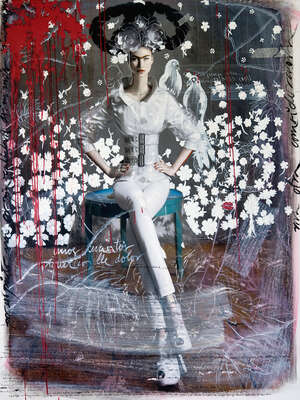

 No thanks, I would like to stay on this site.
No thanks, I would like to stay on this site. Yes, I would like to switch.
Yes, I would like to switch.